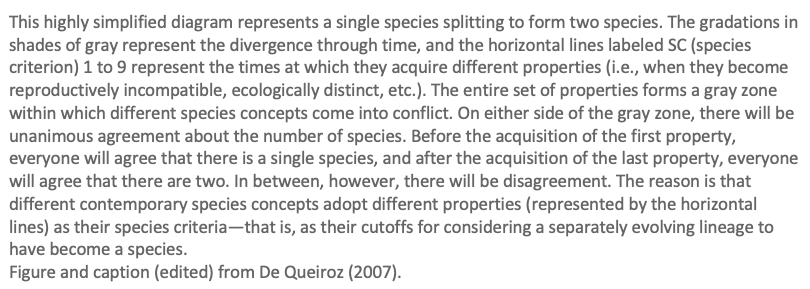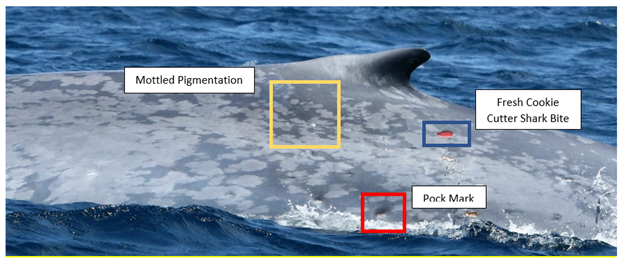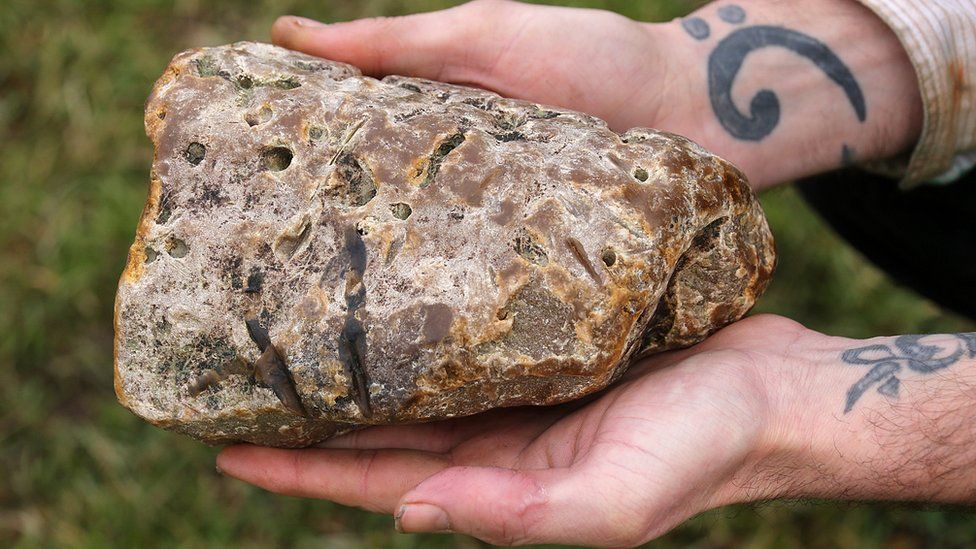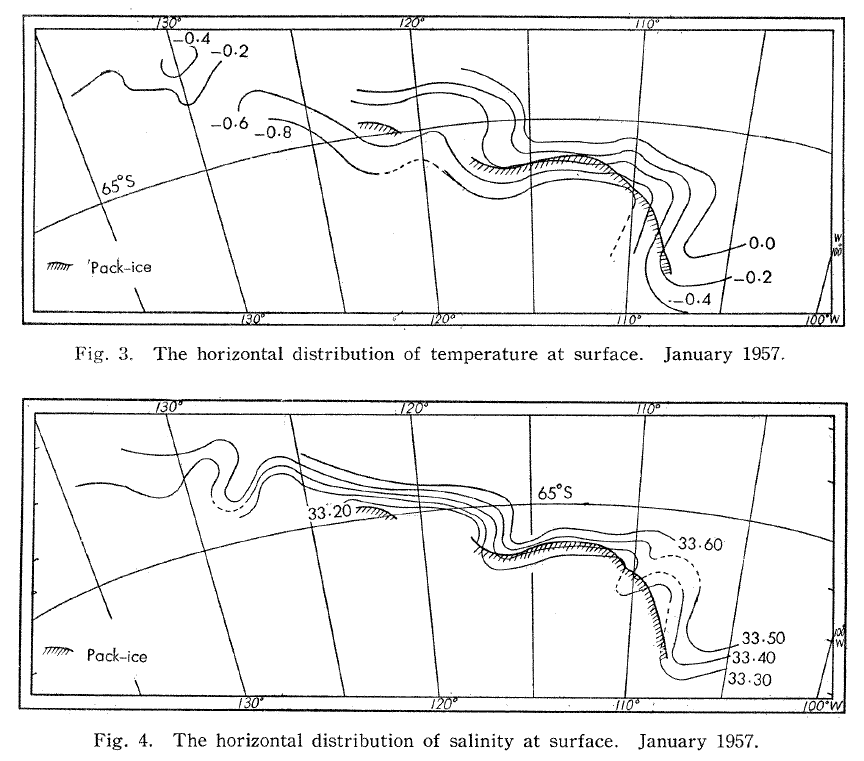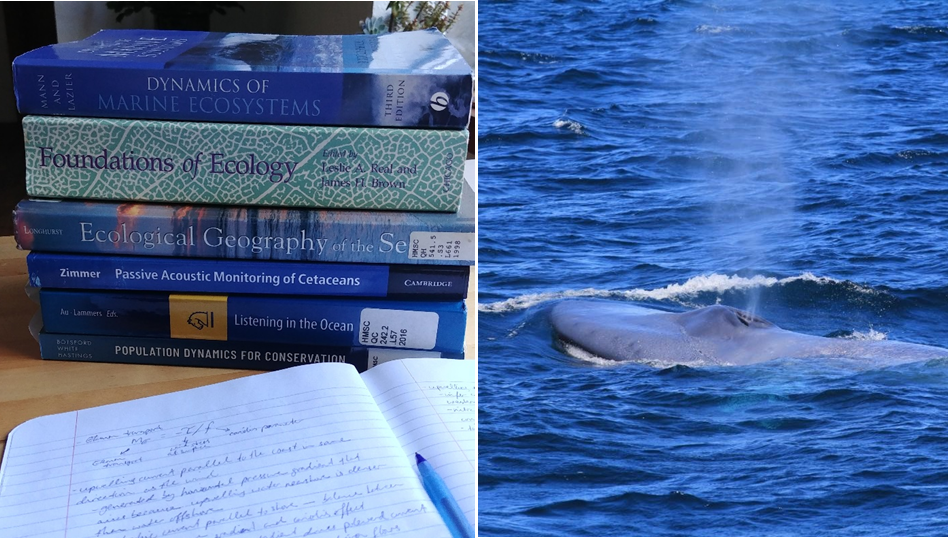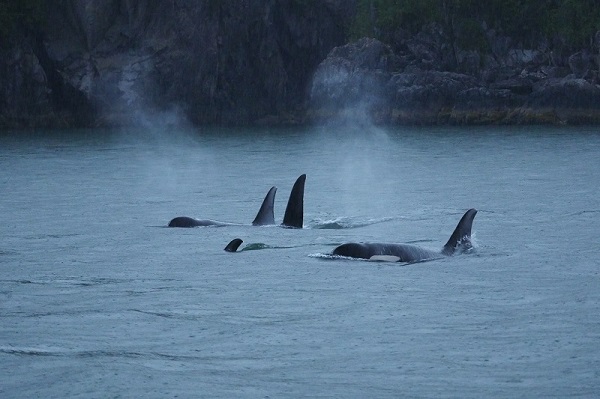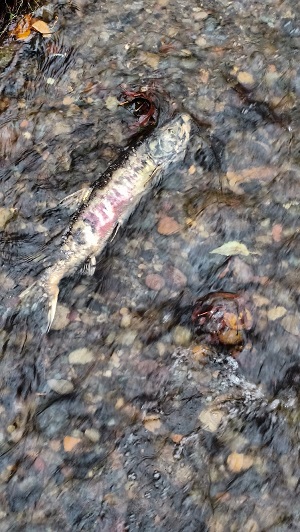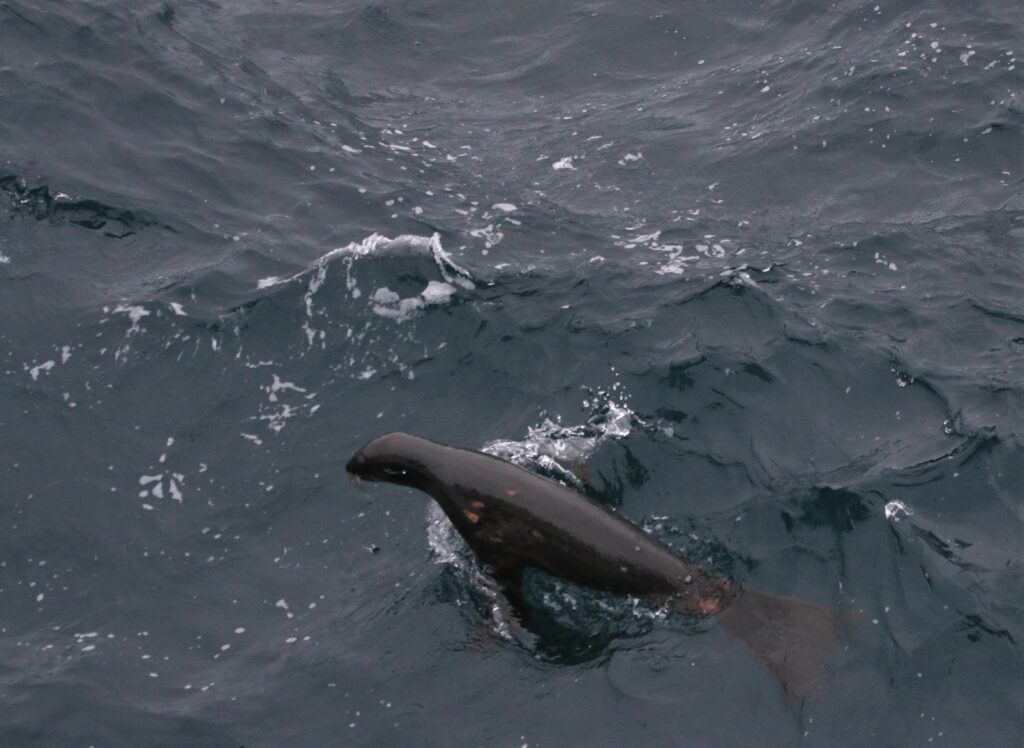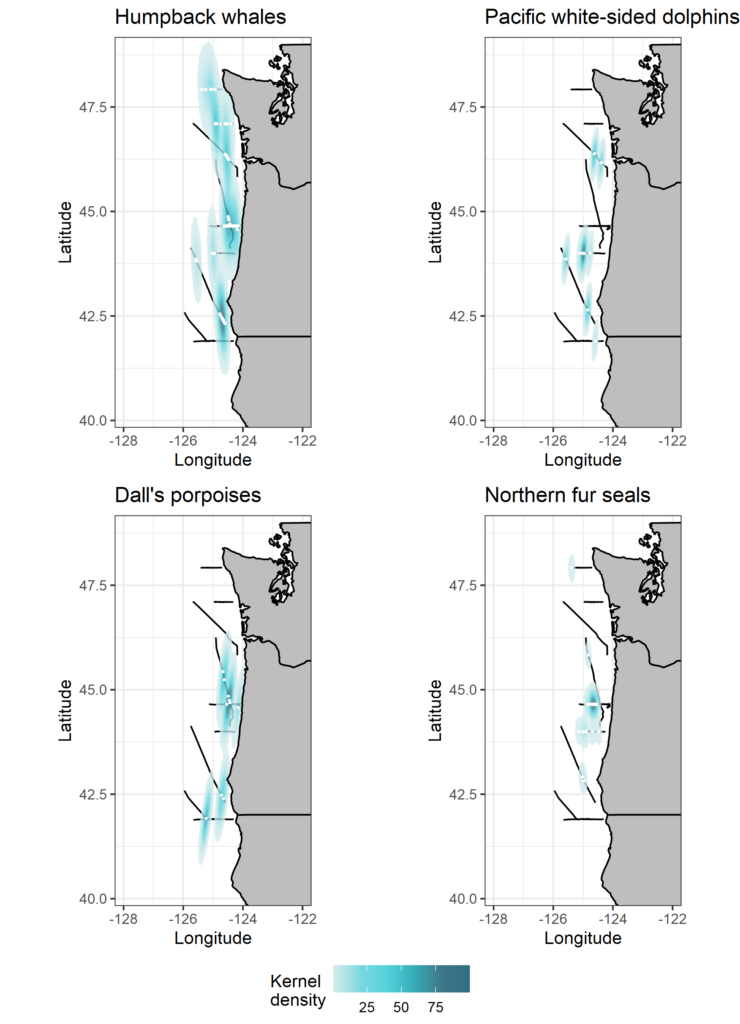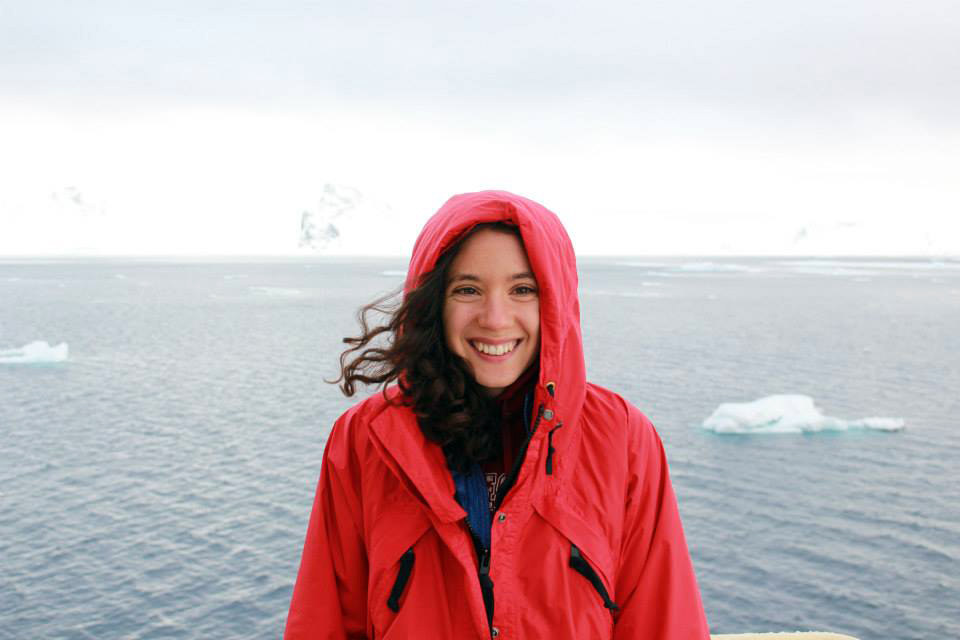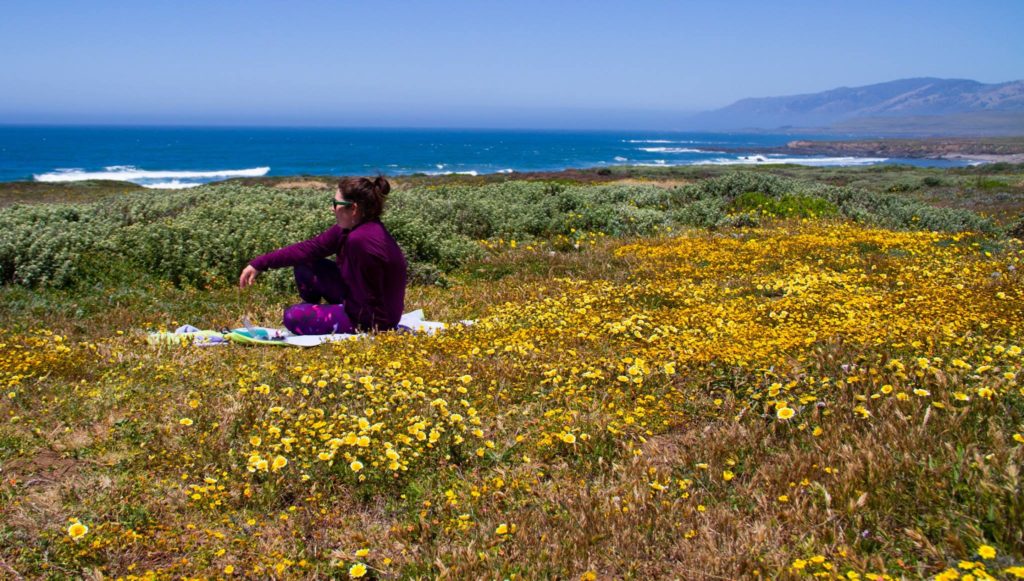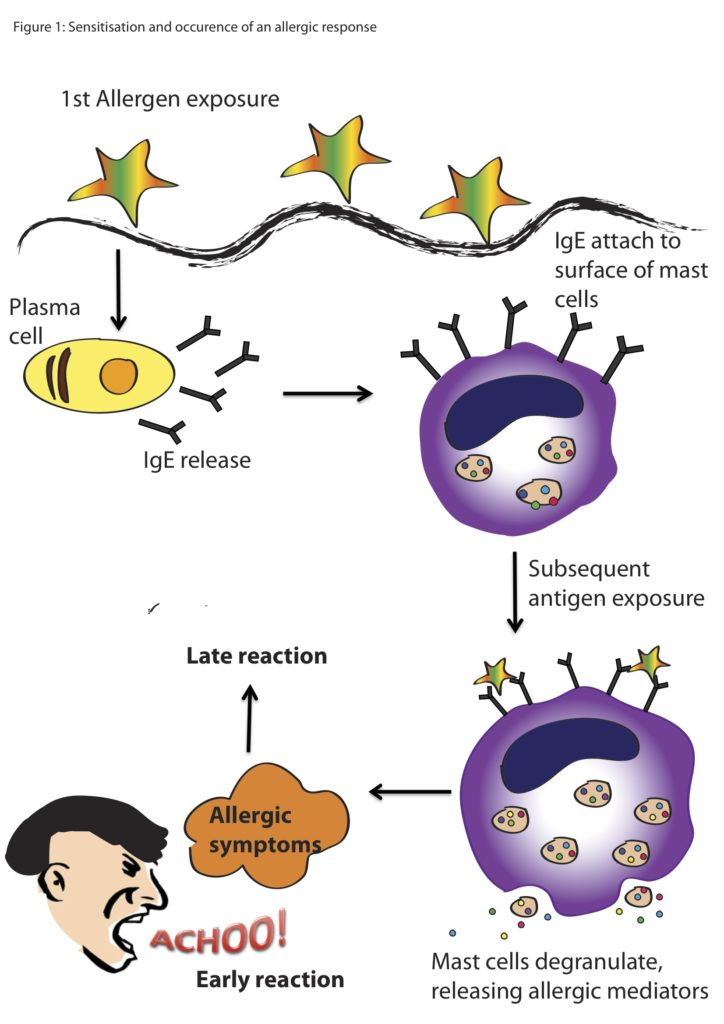By Alejandro Fernandez Ajo, PhD student at the Department of Biology, Northern Arizona University, Visiting scientist in the GEMM Lab working on the gray whale physiology and ecology project
About four years ago, I was in Patagonia, Argentina deciding where to focus my research and contribute to whale conservation efforts. At the same time, I was doing fieldwork with the Whale Conservation Institute of Argentina at the “Whale Camp” in Península Valdés. I read tons of papers and talked with my colleagues about different opportunities and gaps in knowledge that I could tackle during my Ph.D. program. One of the questions that caught my attention was about the unknown cause (or causes) for the recurrent high calf mortalities that the Southern Right Whale (SRW) population that breeds at Peninsula Valdés experienced during the 2000s (Rowntree et al. 2013). Still, at that time, I was unsure how to tackle this research question.
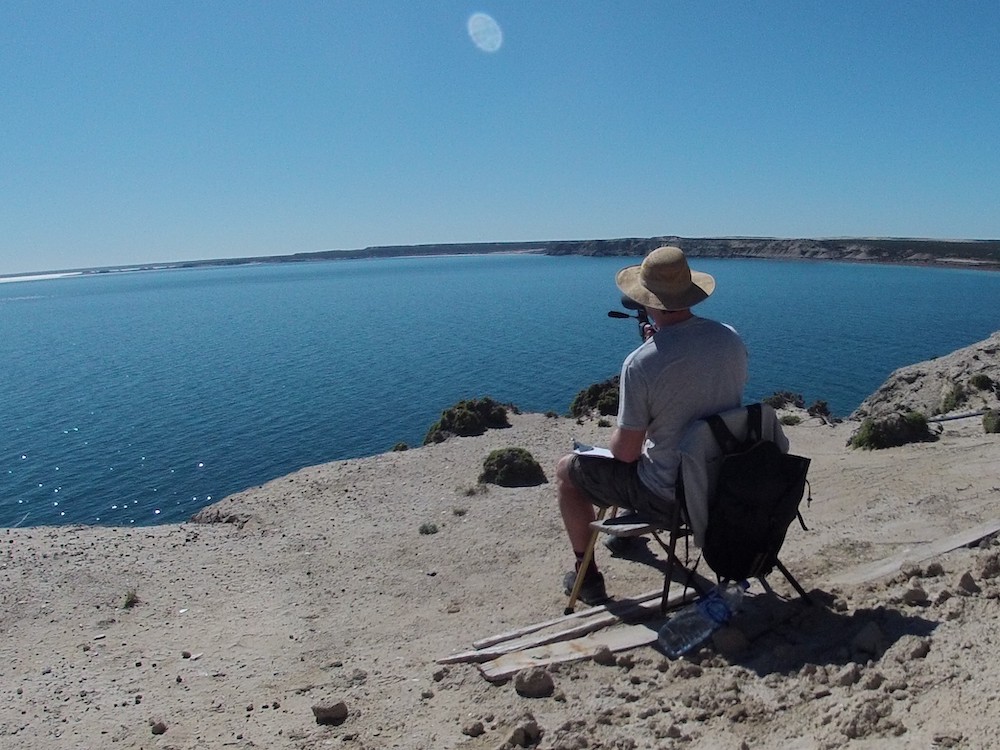
Between 2003 and 2013, at least 672 SRWs died, of which 91% were calves (Sironi et al. 2014). These mortalities represented an average total whale death per year of 80 individuals in the 2007-2013 period, which vastly exceeded the 8.2 average deaths per year of previous years by a ten-fold increase (i.e., 1993-2002) (Rowntree et al. 2013). In fact, this calf mortality rate was the highest ever documented for any population of large whales. During this period, from 2006 to 2009, I was the Coordinator of the Fauna Area in the Patagonian Coastal Zone Management Plan, and I collaborated with the Southern Right Whale Health Monitoring Program (AKA: The Stranding Program) that conducted field necropsies on stranded whales along the coasts of the Península and collected many different samples including whale baleen.

In this process, I learned about the emerging field of Conservation Physiology and the challenges of utilizing traditional approaches to studying physiology in large whales. Basically, the problem is that there is no possible way to obtain blood samples (the gold standard sample type for physiology) from free-swimming whales; whales are just too large! Fortunately, there are currently several alternative approaches for gathering physiological information on large whales using a variety of non-lethal and minimally invasive (or non-invasive) sample matrices, along with utilizing valuable samples recovered at necropsy (Hunt et al. 2013). That is how I learned about Dr. Kathleen Hunt’s novel research studying hormones from whale baleen (Hunt et al., 2018, 2017, 2014). Thus, I contacted Dr. Hunt and started a collaboration to apply these novel methods to understand the case of calf mortalities of the SRW calves in Patagonia utilizing the baleen samples that we recovered with the Stranding program at Península Valdés (see my previous blog post).
What is conservation physiology?
Conservation physiology is a multidisciplinary field of science that utilizes physiological concepts and tools to understand underlying mechanisms of disturbances to solve conservation problems. Conservation physiology approaches can provide sensitive biomarkers of environmental change and allow for targeted conservation strategies. The most common Conservation Physiology applications are monitoring environmental stressors, understanding disease dynamics and reproductive biology, and ultimately reducing human-wildlife conflict, among other applications.
I am now completing the last semester of my Ph.D. program. I have learned much about the amazing field of Conservation Physiology and how much more we need to know to achieve our conservation goals. I am still learning, yet I feel that through my research I have contributed to understanding how different stressors impact the health and wellbeing of whales, and about aspects of their biology that have long been obscured or unknown for these giants. One contribution I am proud of is our recent publication of, “A tale of two whales: putting physiological tools to work for North Atlantic and southern right whales,” which was published in January 2021 as a book chapter in “Conservation Physiology: Applications for Wildlife Conservation and Management” published by Oxford University Press: Oxford, UK.
This book outlines the significant avenues and advances that conservation physiology contributes to the monitoring, management, and restoration of wild animal populations. The book also defines opportunities for further growth in the field and identifies critical areas for future investigation. The text and the contributed chapters illustrate several examples of the different approaches that the conservation physiology toolbox can tackle. In our chapter, “A tale of two whales,” we discuss developments in conservation physiology research of large whales, with the focus on the North Atlantic right whale (Eubalaena glacialis) and southern right whale (Eubalaena australis), two closely related species that differ vastly in population status and conservation pressures. We review the advances in Conservation Physiology that help overcome the challenges of studying large whales via a suite of creative approaches, including photo-identification, visual health assessment, remote methods of assessing body condition, and endocrine research using non-plasma sample types such as feces, respiratory vapor, and baleen. These efforts have illuminated conservation-relevant physiological questions for both species, such as discrimination of acute from chronic stress, identification of likely causes of mortality, and monitoring causes and consequences of body condition and reproduction changes.
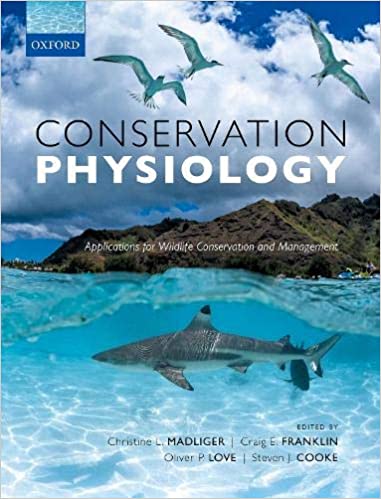
Link to this Book here: https://oxford.universitypressscholarship.com/view/10.1093/oso/9780198843610.001.0001/oso-9780198843610
Book chapter: https://oxford.universitypressscholarship.com/view/10.1093/oso/9780198843610.001.0001/oso-9780198843610-chapter-12
Book Overview:
This book provides an overview of the different applications of Conservation Physiology, outlining the significant avenues and advances by which conservation physiology contributes to the monitoring, management, and restoration of wild animal populations. By using a series of global case studies, contributors illustrate how approaches from the conservation physiology toolbox can tackle a diverse range of conservation issues, including monitoring environmental stress, predicting the impact of climate change, understanding disease dynamics, and improving captive breeding, and reducing human-wildlife conflict. The variety of taxa, biological scales, and ecosystems is highlighted to illustrate the far-reaching nature of the discipline and allow readers to appreciate the purpose, value, applicability, and status of the field of conservation physiology. This book is an accessible supplementary textbook suitable for graduate students, researchers, and practitioners in conservation science, ecophysiology, evolutionary and comparative physiology, natural resources management, ecosystem health, veterinary medicine, animal physiology, and ecology.
References
Hunt KE, Fernández Ajó A, Lowe C, Burgess EA, Buck CL. 2021. A tale of two whales: putting physiological tools to work for North Atlantic and southern right whales. In: “Conservation Physiology: Integrating Physiology Into Animal Conservation And Management”, ch. 12. Eds. Madliger CL, Franklin CE, Love OP, Cooke SJ. Oxford University press: Oxford, UK.
Sironi, M., Rowntree, V., Di Martino, M. D., Beltramino, L., Rago, V., Franco, M., and Uhart, M. (2014). Updated information for 2012-2013 on southern right whale mortalities at Península Valdés, Argentina. SC/65b/BRG/06 report presented to the International Whaling Commission Scientific Committee, Portugal. <https://iwc.int/home>.
Rowntree, V.J., Uhart, M.M., Sironi, M., Chirife, A., Di Martino, M., La Sala, L., Musmeci, L., Mohamed, N., Andrejuk, J., McAloose, D., Sala, J., Carribero, A., Rally, H., Franco, M., Adler, F., Brownell, R. Jr, Seger, J., Rowles, T., 2013. Unexplained recurring high mortality of southern right whale Eubalaena australis calves at Península Valdés, Argentina. Marine Ecology Progress Series, 493, 275-289. DOI: 10.3354/meps10506
Hunt KE, Moore MJ, Rolland RM, Kellar NM, Hall AJ, Kershaw J, Raverty SA, Davis CE, Yeates LC, Fauquier DA, et al., 2013. Overcoming the challenges of studying conservation physiology in large whales: a review of available methods. Conserv Physiol 1: cot006–cot006.
Hunt, K.E., Stimmelmayr, R., George, C., Hanns, C., Suydam, R., Brower, H., Rolland, R.M., 2014. Baleen hormones: a novel tool for retrospective assessment of stress and reproduction in bowhead whales (Balaena mysticetus). Conserv. Physiol. 2, cou030. https://doi.org/10.1093/conphys/cou030
Hunt, K.E., Lysiak, N.S., Moore, M.J., Rolland, R.M., 2016. Longitudinal progesterone profiles in baleen from female North Atlantic right whales (Eubalaena glacialis) match known calving history. Conserv. Physiol. 4, cow014. https://doi.org/10.1093/conphys/cow014
Hunt, K.E., Lysiak, N.S., Robbins, J., Moore, M.J., Seton, R.E., Torres, L., Buck, C.L., 2017. Multiple steroid and thyroid hormones detected in baleen from eight whale species. Conserv. Physiol. 5. https://doi.org/10.1093/conphys/cox061
Hunt, K.E., Lysiak, N.S.J., Matthews, C.J.D., Lowe, C., Fernández Ajó, A., Dillon, D., Willing, C., Heide-Jørgensen, M.P., Ferguson, S.H., Moore, M.J., Buck, C.L., 2018. Multi-year patterns in testosterone, cortisol and corticosterone in baleen from adult males of three whale species. Conserv. Physiol. 6, coy049. https://doi.org/10.1093/conphys/coy049



